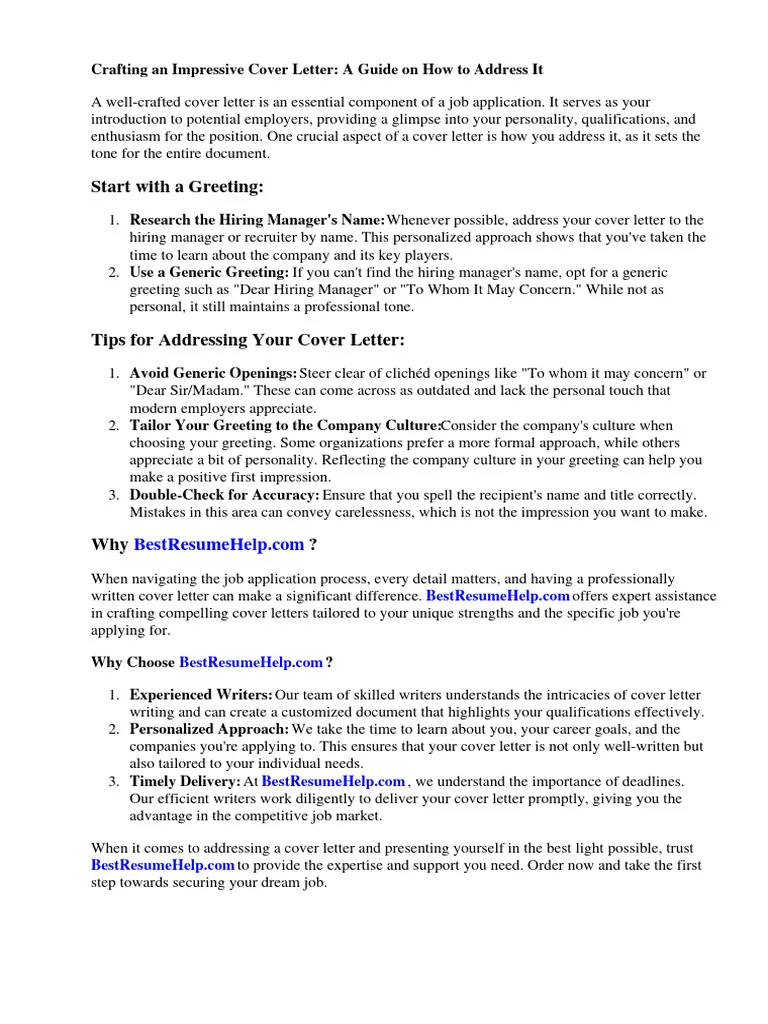Crafting a Winning Cover Letter
A cover letter is your first opportunity to make a strong impression on a potential employer. It serves as a personalized introduction, complementing your resume and providing a glimpse into your personality, skills, and enthusiasm for the position. A well-written cover letter can significantly increase your chances of getting an interview. It’s not just a formality; it’s a crucial step in the job application process, offering you a chance to showcase your unique value proposition and explain why you’re the perfect fit for the role.
Understanding the Purpose of a Cover Letter
The primary goal of a cover letter is to persuade the hiring manager to read your resume and consider you for an interview. It allows you to expand on your qualifications, highlight relevant experiences, and demonstrate your genuine interest in the company and the specific job. Moreover, a cover letter provides context, connecting your skills and experiences to the requirements of the position and showing how you can contribute to the company’s success. It is your chance to tell your story.
Why a Cover Letter Matters
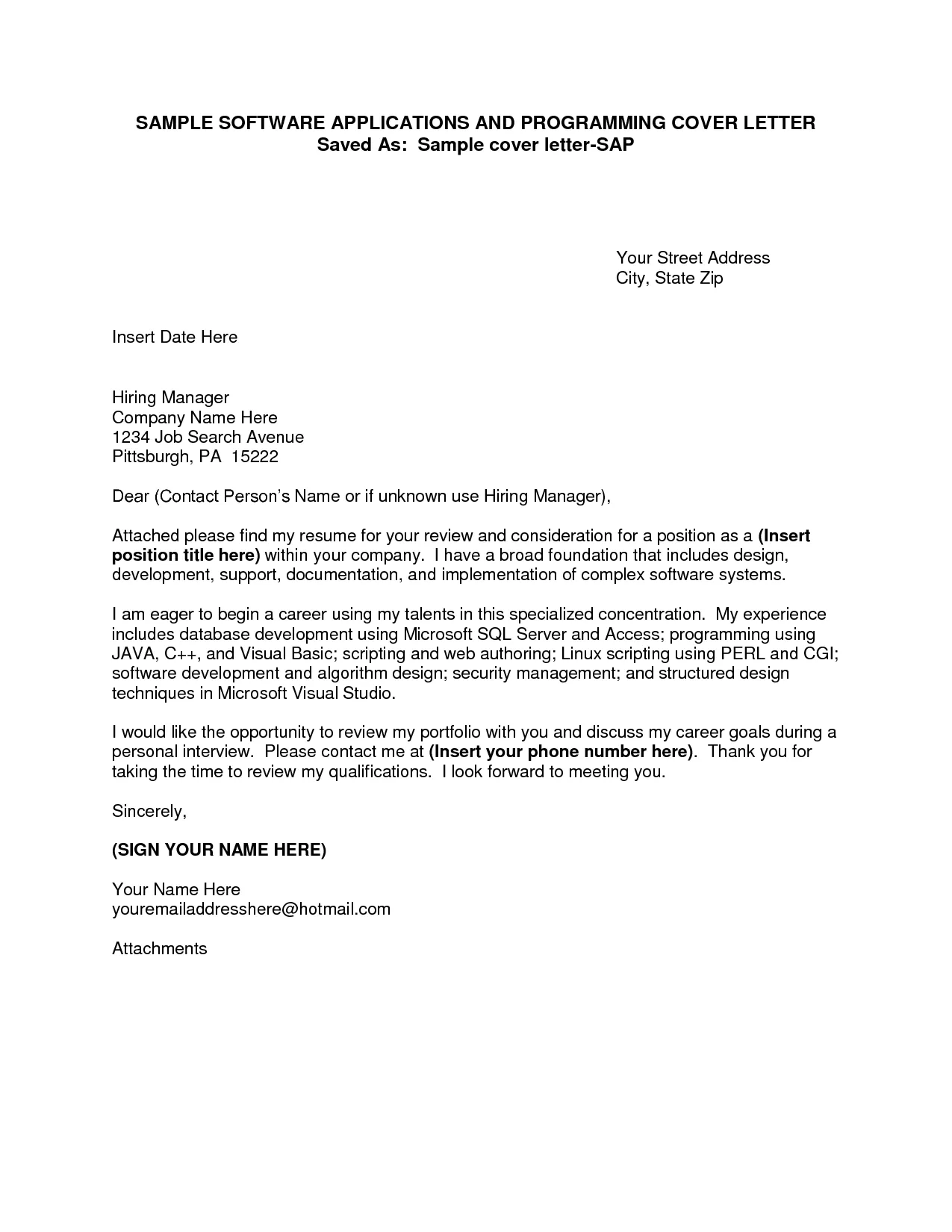
In a competitive job market, a cover letter can set you apart from other applicants. It allows you to personalize your application and demonstrate your attention to detail. It also provides an opportunity to address any potential gaps in your resume or explain career changes. The best cover letters show enthusiasm, demonstrate your understanding of the company’s needs, and communicate your unique value proposition. Cover letter shows your professionalism.
When to Write a Cover Letter
Always write a cover letter unless explicitly instructed not to. This is especially true for professional or competitive roles. Even if a job posting doesn’t explicitly require one, submitting a cover letter can demonstrate your initiative and attention to detail. Tailor your cover letter to each specific job application, as this shows the hiring manager that you have put thought into the application. Make sure it aligns with the job description.
Essential Components of a Cover Letter
A well-structured cover letter comprises several key elements that work together to create a compelling narrative. These include your header, a personalized greeting, a captivating opening paragraph, body paragraphs that highlight your skills and experience, and a strong closing paragraph with a clear call to action. Each component plays a vital role in conveying your qualifications and showcasing your interest in the position. Every word matters, so write carefully.
Header and Contact Information
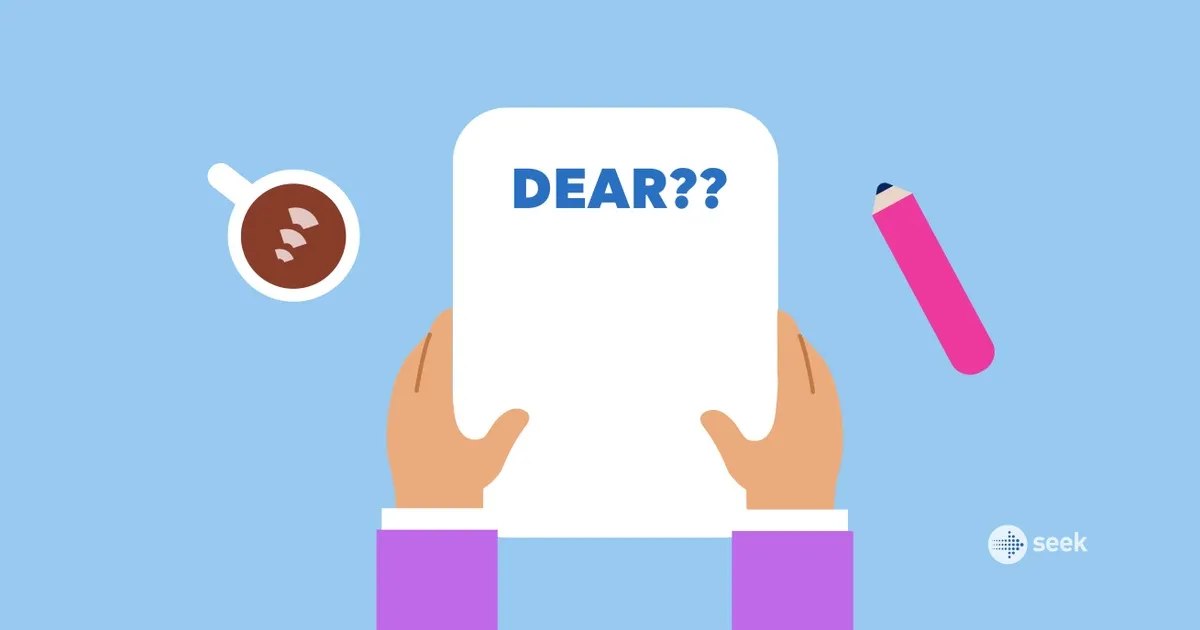
Your header should include your name, address, phone number, and professional email address. This information ensures the hiring manager can easily contact you. Use a clean and professional format, and make sure your contact details are up-to-date. It is better to have everything at the top left corner, or right corner and use a simple layout.
Formatting Your Header
Keep your header concise and professional. Choose a readable font, such as Times New Roman, Arial, or Calibri, and use a font size between 10 and 12 points. Ensure your name is prominently displayed, and space your contact information appropriately. Avoid using overly creative or distracting fonts, colors, or designs, as the focus should be on the content of your letter, not the aesthetics of your header.
Addressing the Hiring Manager
Whenever possible, address your cover letter to a specific person. This shows that you have done your research and are genuinely interested in the opportunity. Finding the hiring manager’s name can be done by looking at the job posting, checking the company’s website, or searching on LinkedIn. Addressing the letter by name makes it a more personable experience for both parties.
Researching the Company
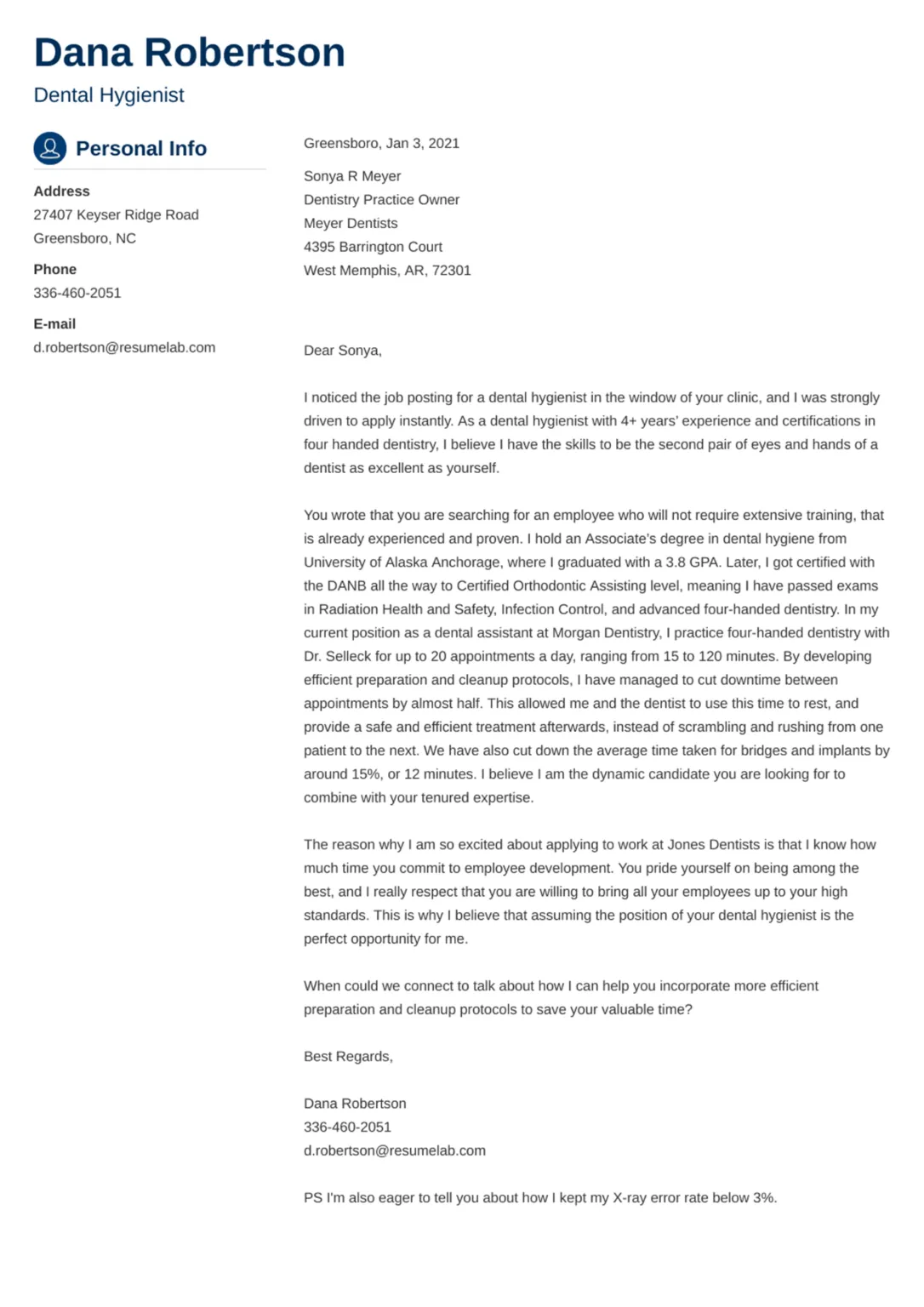
Before you start writing, research the company to understand its mission, values, and recent achievements. This research will help you tailor your cover letter to demonstrate your understanding of their needs and explain why you’re a good fit. Visit their website, read their blog, and check their social media profiles to gather as much information as possible. This preparation will give you an advantage when you address the hiring manager.
Body Paragraphs That Impress
The body of your cover letter is where you make your case for why you’re the best candidate for the job. This section should be concise, well-organized, and focused on demonstrating your relevant skills and experiences. Each paragraph should serve a specific purpose, such as introducing yourself, highlighting key achievements, and connecting your qualifications to the job requirements.
Opening Paragraph Strategies
Your opening paragraph is your chance to grab the hiring manager’s attention. Start with a strong statement of interest, mention the position you’re applying for, and briefly explain why you’re a good fit. You could mention a specific project you worked on, a skill you possess, or your understanding of the company’s needs. Make the first impression count by being clear and showing genuine enthusiasm.
Highlighting Skills and Experience
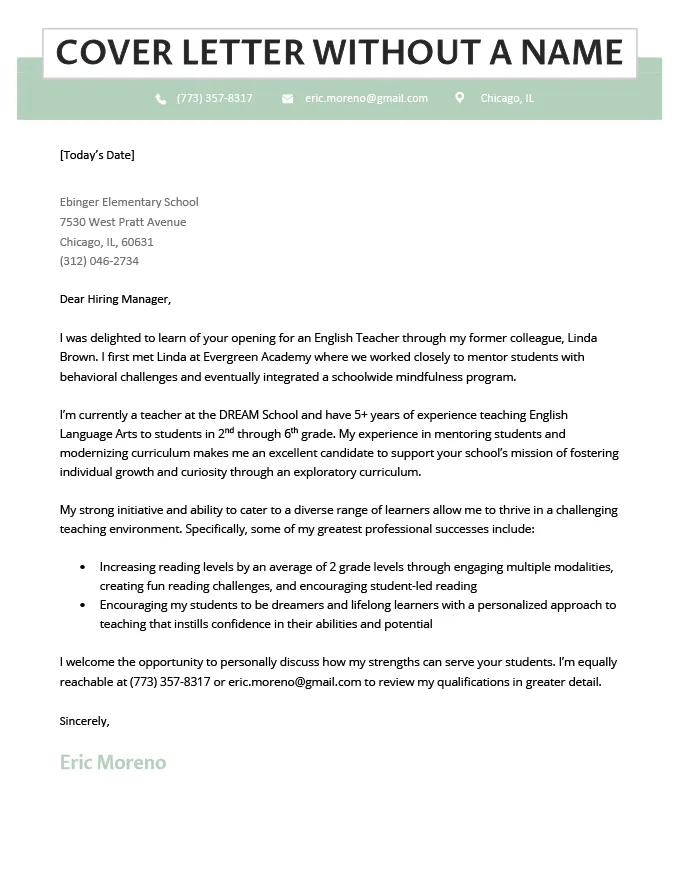
In the subsequent paragraphs, elaborate on your skills and experience, providing concrete examples of your achievements. Use the job description as your guide, and emphasize the qualifications and experiences that align with the position’s requirements. Use the STAR method (Situation, Task, Action, Result) to structure your examples and showcase your accomplishments effectively. Show, don’t just tell.
Quantifying Achievements
Whenever possible, quantify your achievements using numbers and data. For example, instead of saying “Improved sales,” state “Increased sales by 15% within one quarter.” Quantifying your accomplishments adds credibility to your claims and demonstrates the impact you’ve made in previous roles. Using numbers makes the impact of your work more tangible.
Closing Paragraph
Your closing paragraph should summarize your key qualifications and reiterate your interest in the position. Thank the hiring manager for their time and consideration. Express your enthusiasm for the opportunity and state your availability for an interview. Keep it short, positive, and leave a lasting impression.
Call to Action
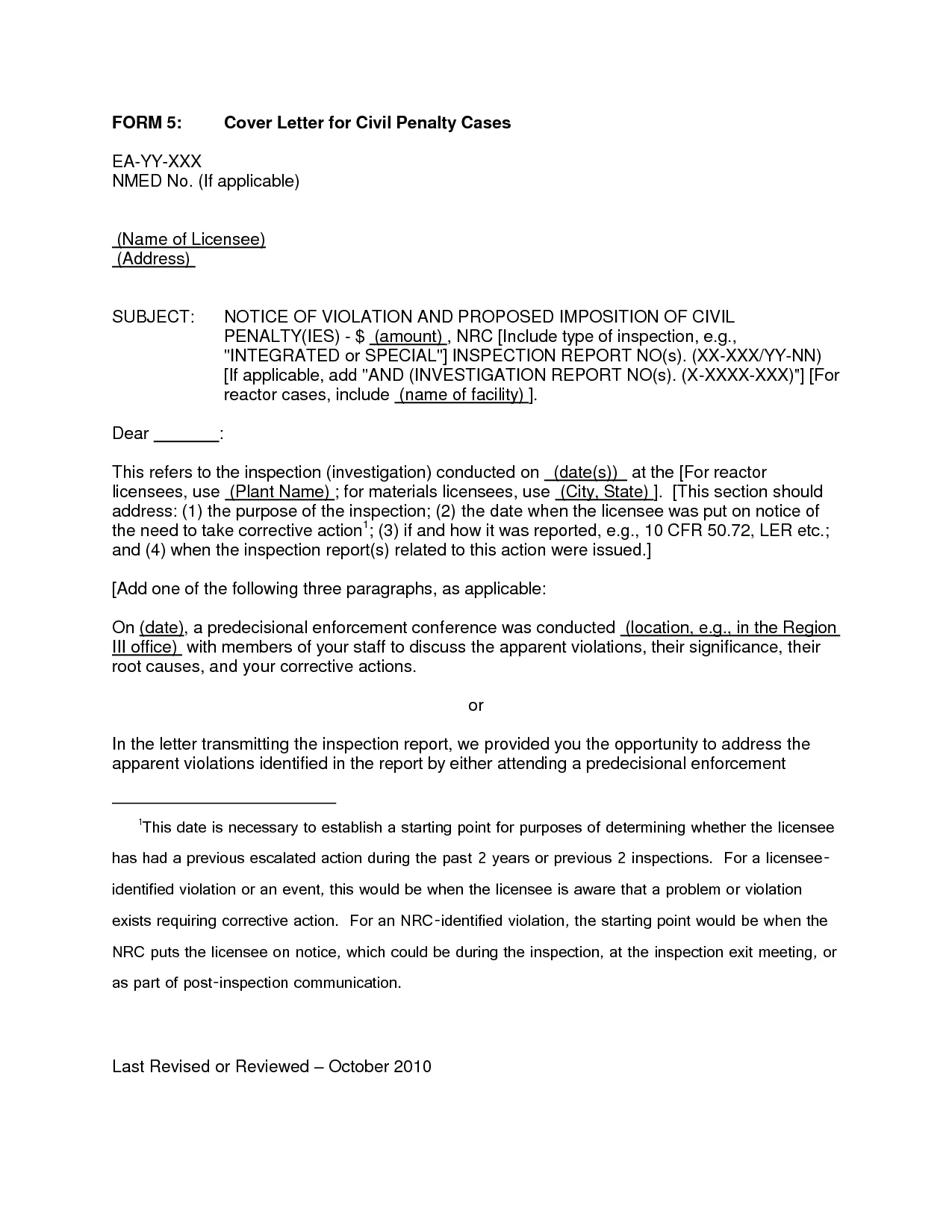
Conclude your cover letter with a clear call to action. State that you are eager to discuss your qualifications further and look forward to hearing from them soon. Provide your contact information again. This signals your proactive approach and eagerness to move forward in the hiring process.
Formatting and Proofreading
A well-formatted and error-free cover letter shows professionalism and attention to detail. Pay close attention to the layout, font, and overall presentation of your letter. Carefully proofread the document for any grammatical errors, typos, or inconsistencies. A polished cover letter reflects well on you and increases your chances of success. Keep the layout clean and easy to read.
Font and Layout Choices
Choose a readable font, such as Times New Roman, Arial, or Calibri, and use a font size between 10 and 12 points. Maintain consistent spacing and margins throughout your letter. Use bullet points to highlight key achievements or skills. Avoid using overly creative fonts or distracting formatting elements, as these can detract from the content. Your cover letter must be well-organized.
Proofreading for Errors
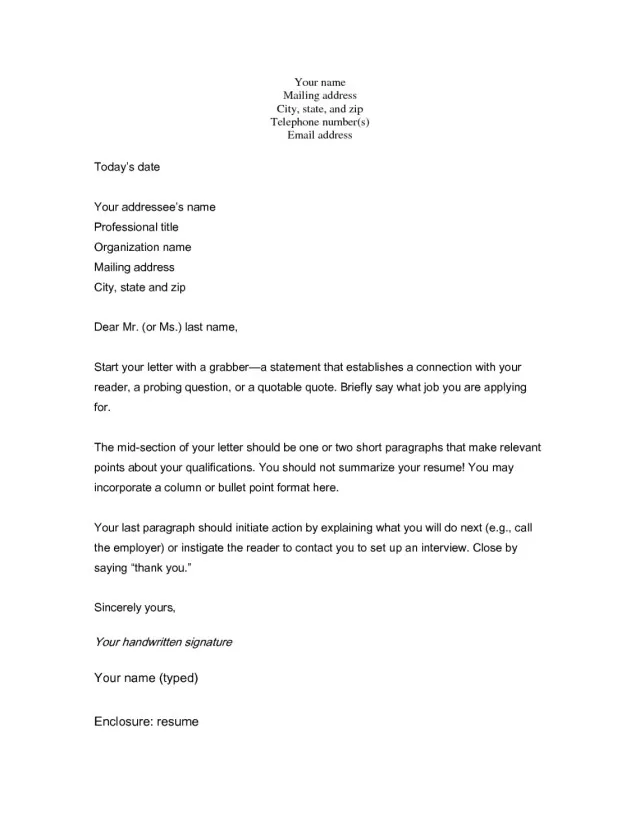
Proofread your cover letter carefully for any grammatical errors, typos, or inconsistencies. Use a spell checker and grammar checker, but don’t rely on them entirely. Read your cover letter aloud to catch any awkward phrasing or mistakes. Ask a friend or family member to review your letter for a fresh perspective. Ensure that your cover letter is error-free.
The No-Contact Name Scenario
It is not always possible to address your cover letter to a specific person. In these situations, you’ll need to use an alternative approach that still demonstrates your professionalism and attention to detail. There are a few acceptable alternatives to make sure you don’t miss an opportunity because of the lack of a name. Make sure the alternative is professional.
Addressing the Unknown
If you cannot find the hiring manager’s name, do not fret. It is not the end of the world. You can still write a compelling cover letter. Be sure to focus on the content and what value you can bring to the company. There are ways of addressing the letter that maintains its professionalism. It’s all about adapting your approach.
Alternatives to “Dear [Name]”
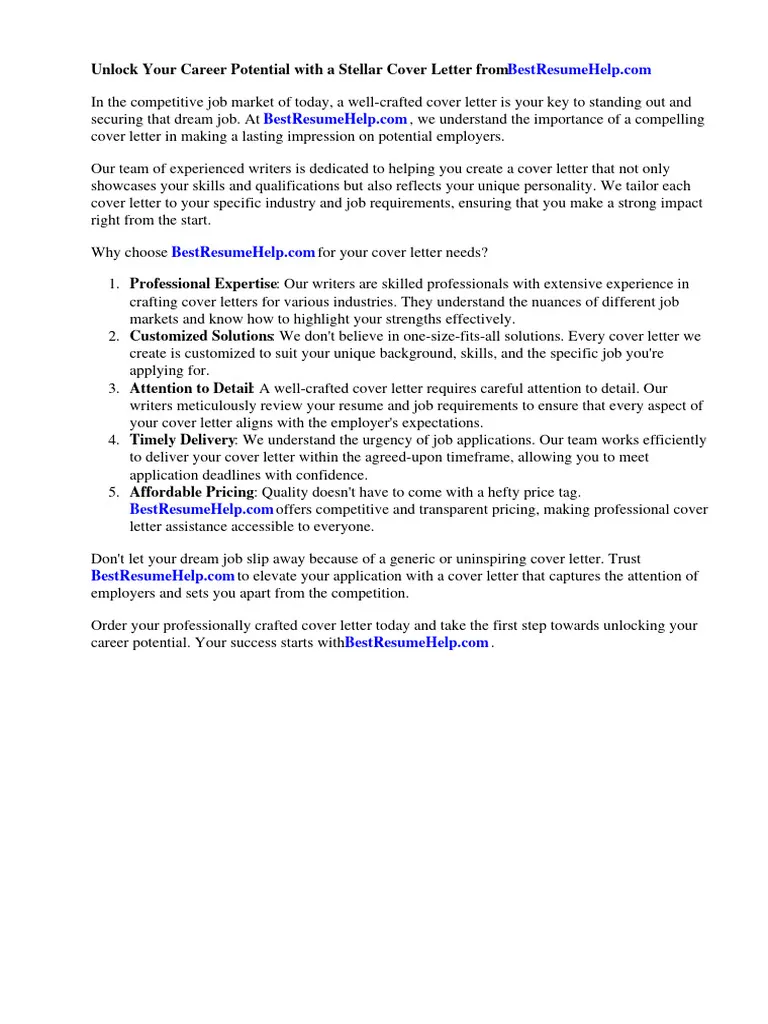
When you don’t know the hiring manager’s name, use a professional alternative. Consider using “Dear Hiring Manager,” “Dear [Department Name] Hiring Team,” or a more general greeting like “To Whom It May Concern.” While these options are less personal, they are still appropriate. Research and tailor your greeting if you can. Use whatever fits the company culture.
Using General Salutations
Even if you cannot find a specific name, using a general salutation is better than skipping a greeting altogether. “Dear Hiring Manager” is the most common and acceptable choice. “Dear [Department Name] Hiring Team” is appropriate if you know the department. Make sure whatever greeting you use, you keep the rest of the letter professional. Keep it consistent.
Following Up After Submission
Following up after submitting your cover letter and resume can demonstrate your continued interest in the position. However, it’s essential to approach this step with professionalism and avoid being overly persistent. A well-timed follow-up can remind the hiring manager of your application and keep you top of mind.
When to Follow Up
Wait at least one week but no more than two weeks after submitting your application before following up. This timeframe gives the hiring manager enough time to review your application without seeming impatient. If the job posting provides a specific timeline, adhere to it. If you have not heard back in a reasonable amount of time, follow-up.
How to Follow Up
Send a brief and professional email to the hiring manager or the contact person listed in the job posting. Reiterate your interest in the position and mention the date you submitted your application. Briefly highlight your key qualifications, and express your availability for an interview. Thank the hiring manager for their time and consideration.
